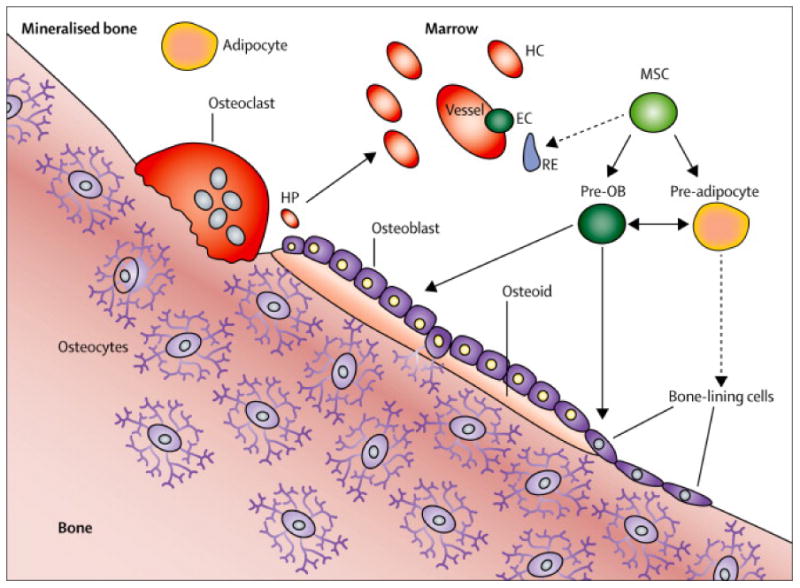Figure 1. Bone–fat interactions in the bone marrow microenvironment.

The bone marrow microenvironment includes osteoblasts, bone lining cells, pre-osteoblasts, pre-adipocytes, endothelial cells, reticuloendothelial cells that might be the earliest progenitor for mesenchymal stromal cells, osteoclasts that resorb bone, haematopoietic cells, haematopoietic progenitor cells, and, within the bone matrix, osteocytes. The communication between osteocytes and bone lining cells and osteoblasts organises the bone remodelling process. Mesenchymal stromal cells can differentiate into pre-osteoblasts or pre-adipocytes and these early cells can be plastic. The haematopoietic progenitors are intimately associated with the endosteal osteoblasts, and both are involved in blood cell differentiation. Bone lining cells are fibroblast-like cells; their function is not known, although it is likely these cells become osteoblasts, and express markers of osteoblasts and osteocytes. These cells could become adipocytes in response to injury. Dotted lines indicate hypothesised pathways; solid lines indicate known pathways. Pre-OB=pre-osteoblasts. EC=endothelial cells. RE=reticuloendothelial cells. MSCs=mesenchymal stromal cells. HC=haematopoietic cell. HP=haematopoietic progenitor. Adapted from DiGirolamo and colleagues,7 by permission of Macmillan Publishing Ltd.
